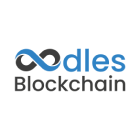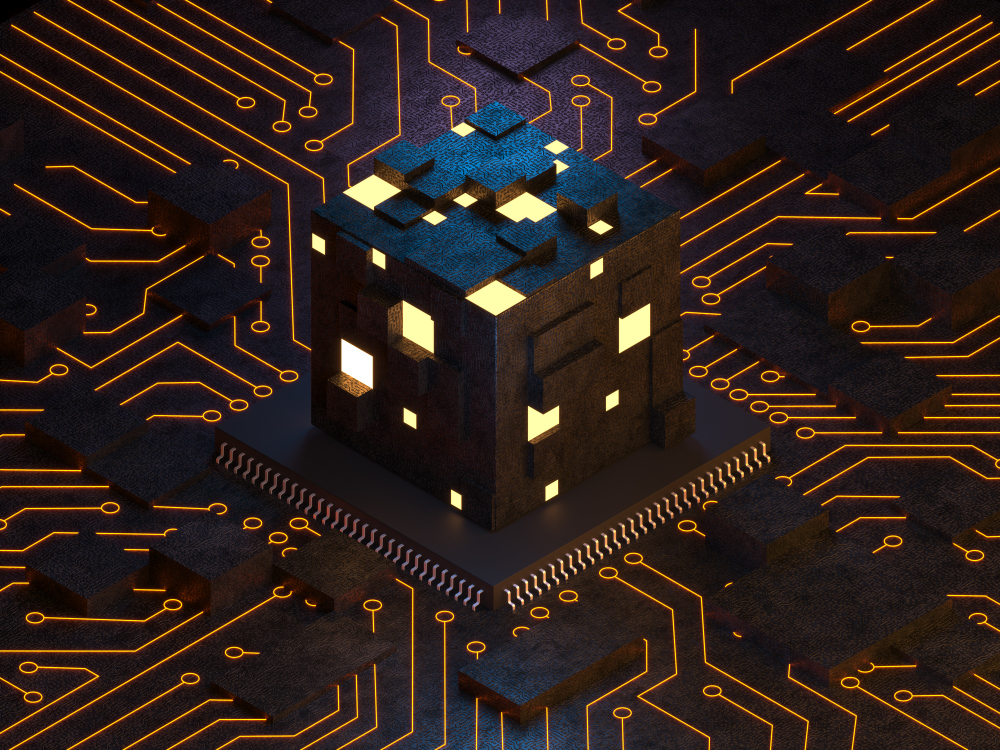A Brief Introduction to the Intricacies of Dynamic NFTs
 Mohd Arslan Siddiqui
Mohd Arslan Siddiqui
A dynamic NFT, or dNFT, is like a special kind of digital collectible that can change itself based on certain conditions. Regular NFTs are already popular online, with famous people creating their own collections using NFT development services. But now, dNFTs are the new thing. They can adapt and update themselves depending on what’s happening around them. This makes them more flexible and opens up new possibilities. In this article, we’ll explain what NFTs are, how dNFTs take them to the next level, and some ways people are using them.
How Dynamic NFTs are Different
Regular NFTs are the usual ones you see, like digital art or game items. They’re also used for making digital versions of real things like property deeds or patents. But there’s a drawback — once these NFTs are made, their details can’t be updated.
For things like tokenizing real-world stuff or making games where progress matters, you need updates. That’s where dynamic NFTs come in. They’re like a mix of the regular ones and something that can change. So, a dynamic NFT is an NFT that can update itself based on certain conditions, thanks to some smart contract magic. This means it keeps its original identity but can also freshen up its details when needed.
Since NFTs can be super unique and made in lots of different ways, they’re kind of like customizable digital tokens. But here’s the thing — most dynamic NFTs need to tweak their details so that regular folks can actually notice the changes.
Use cases
Dynamic NFTs can do more than just change their details. Let’s say you find a secret spot in an augmented reality app — a dynamic NFT could be created as a reward. These NFTs can also have “hidden traits” that show up based on how people interact with them, not just in their details.
In projects where art is created on the fly (like generative NFT art), each token has different traits, some rarer than others. These traits are saved in the NFT’s metadata, which also includes a link to the image or video of the NFT.
Here’s another way metadata changes come in handy: when we turn real things into digital tokens. Think of it like this — if we make an NFT for a house, we’d want it to show stuff like when it was last fixed, how old it is, its value, and other details that might change. So, to make NFTs for these kinds of things work, they need to be able to update with new information.
If you’re interested in creating such an experience for your customers, our NFT developers are here to assist you.
Subscribe to my newsletter
Read articles from Mohd Arslan Siddiqui directly inside your inbox. Subscribe to the newsletter, and don't miss out.
Written by

Mohd Arslan Siddiqui
Mohd Arslan Siddiqui
Expert blockchain writer with a knack for simplicity. Blends technical depth with engaging storytelling.